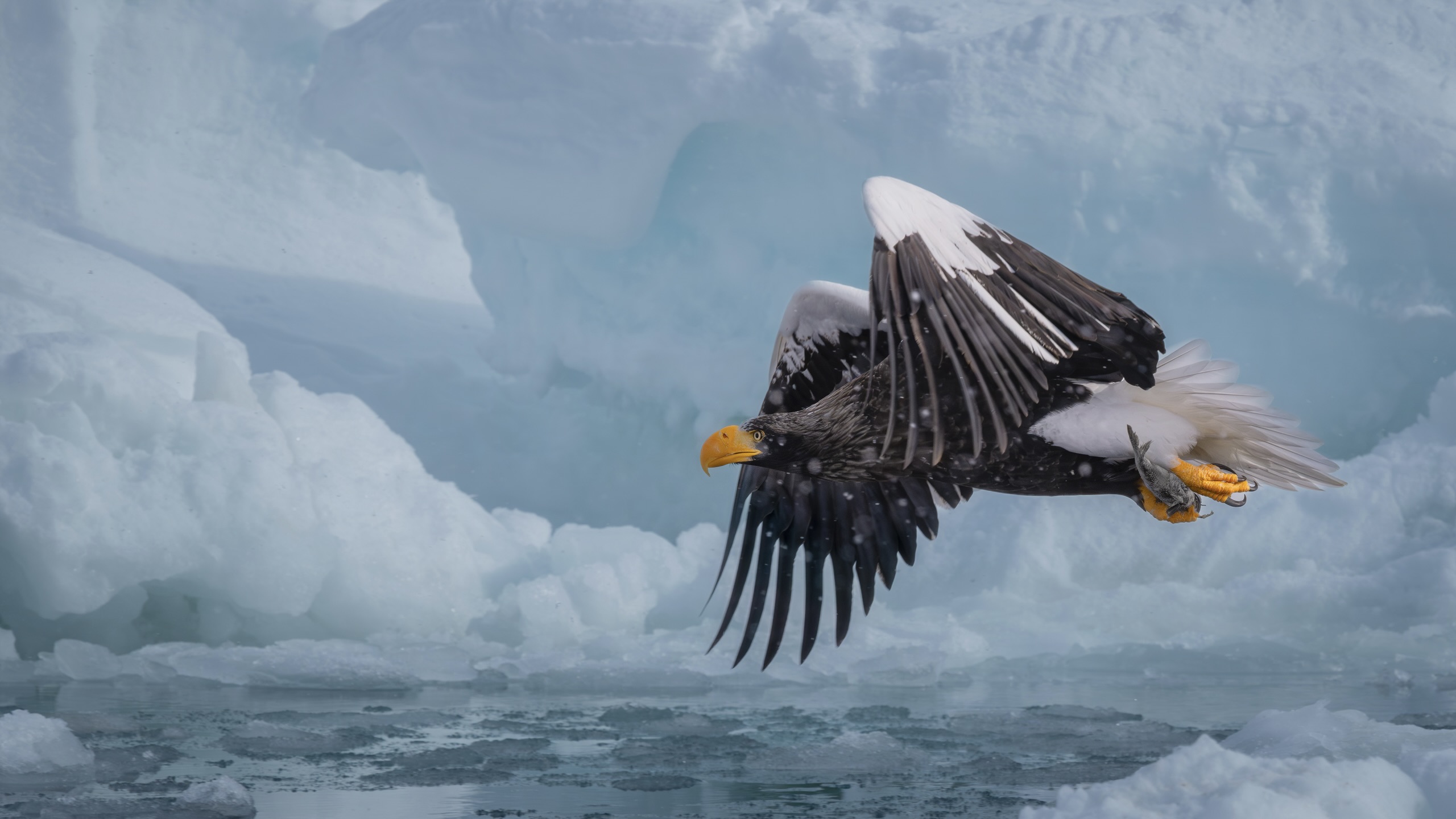
WWW.TECHNOLOGYREVIEW.COM
The Download: digital twins, and where AI data really comes from
This is todays edition ofThe Download,our weekday newsletter that provides a daily dose of whats going on in the world of technology.Digital twins of human organs are here. Theyre set to transform medical treatment.Steven Niederer, a biomedical engineer at the Alan Turing Institute and Imperial College London, has a cardboard box filled with 3D-printed hearts. Each of them is modeled on the real heart of a person with heart failure, but Niederer is more interested in creating detailed replicas of peoples hearts using computers.These digital twins are the same size and shape as the real thing. They work in the same way. But they exist only virtually. Scientists can do virtual surgery on these virtual hearts, figuring out the best course of action for a patients condition.After decades of research, models like these are now entering clinical trials and starting to be used for patient care. The eventual goal is to create digital versions of our bodiescomputer copies that could help researchers and doctors figure out our risk of developing various diseases and determine which treatments might work best.But the budding technology will need to be developed very carefully. Read the full story to learn why.Jessica HamzelouThis story is from the forthcoming magazine edition of MIT Technology Review, set to go live on January 6its all about the exciting breakthroughs happening in the world right now. If you dont already, subscribe to receive future copies.This is where the data to build AI comes fromAI is all about data. Reams and reams of data are needed to train algorithms to do what we want, and what goes into the AI models determines what comes out. But heres the problem: AI developers and researchers dont really know much about the sources of the data they are using.The Data Provenance Initiative, a group of over 50 researchers from both academia and industry, wanted to fix that. They wanted to know, very simply: Where does the data to build AI come from?Their findings, shared exclusively with MIT Technology Review, show a worrying trend: AIs data practices risk concentrating power overwhelmingly in the hands of a few dominant technology companies. Read the full story.Melissa HeikkilThree pieces of good news on climate change in 2024The vibes in the climate world this year have largely been less than great.Global greenhouse-gas emissions hit a new high, and this year is also on track to be the warmest on record. Global climate talks fell flat, and disasters from wildfires to hurricanes are being made worse by climate change.But among all that (very real) negative news, there was some good, too: We saw progress cutting back on the most polluting fossil fuels, cheaper and better technologies for combating climate change, and a continuous global effort to address the problem. So as we near the end of 2024, lets take a moment to look back on some of the bright spots.Casey CrownhartThis story is from The Spark, our weekly climate and energy newsletter. Sign up to receive it in your inbox every Wednesday.The must-readsIve combed the internet to find you todays most fun/important/scary/fascinating stories about technology.1 The US Supreme Court will hear TikToks appeal against its banIts agreed to hear the companys arguments on January 10. (FT $)+ A ruling could follow shortly afterwards. (WP $)+ Heres how a couple of the most likely scenarios could play out. (The Information $)2 Amazons telehealth clinic is being suedPhilip Tong died shortly after a virtual appointment last year. His family wants answers. (WP $)+ The legal case accuses the health provider of negligently failing to care for Tong. (LA Times $)3 The Boeing Starliner astronauts are still stuck in spaceTheir return to Earth has been pushed back yet again, this time to March 2025. (WP $)+ Theyve been living on the ISS since June. (The Guardian)4 Dangerous disordered eating content is rife on XThe platforms content moderation has become so lax, harmful communities are thriving unchecked. (The Atlantic $)5 People are shining lasers at planes flying over New YorkAmid the local drone panic, pilots are struggling with the unwelcome intrusions. (404 Media)+ Dont be surprised if other similar drone panics crop up in the future. (Vox)6 How Google Street View helped to solve a missing-person caseAfter its cars captured a man hunched over a large white bag in a car trunk. (NYT $)+ Google Maps is still the biggest, but these startups are fast gaining traction. (Fast Company $)7 Why you shouldnt remove fluoride from your drinking waterUnless you desperately want to jeopardize your dental health. (WSJ $)+ Its not the first time concerns around fluoride have surfaced. (NYT $)8 The old internet is slowly disappearingWhat does that mean for our collective cultural understanding? (The Verge)+ How to fix the internet. (MIT Technology Review)9 Europeans just love balcony solar panelsTheyre simple to install and can help to keep electricity bills down. (The Guardian)+ How to store energy for leaner times. (Knowable Magazine)+ Advanced solar panels still need to pass the test of time. (MIT Technology Review)10 You can now call ChatGPT on the phone Theres nowhere left to hide. (Bloomberg $)Quote of the dayI dont think that work is suitable for human beings.James Irungu, a former Facebook content moderator, reflects on the horrific material he encountered in the job, the Guardian reports.The big storyFuture space food could be made from astronaut breathMay 2023The future of space food could be as simpleand weirdas a protein shake made with astronaut breath or a burger made from fungus.For decades, astronauts have relied mostly on pre-packaged food during their forays off our planet. With missions beyond Earth orbit in sight, a NASA-led competition is hoping to change all that and usher in a new era of sustainable space food.To solve the problem of feeding astronauts on long-duration missions, NASA asked companies to propose novel ways to develop sustainable foods for future missions. Around 200 rose to the challengecreating nutritious (and outlandish) culinary creations in the process. Read the full story.Jonathan OCallaghanWe can still have nice thingsA place for comfort, fun and distraction to brighten up your day. (Got any ideas? Drop me a line or tweet em at me.)+ These optical illusion bird sculptures are a sight to be seen. + Dont blame me if you end up wanting to eat this Bche de Nol in one sitting.+ Casio watches are 50 years oldand cooler than ever.+ Do you fly naked? (No, not like that..)
0 Comentários
0 Compartilhamentos
135 Visualizações












